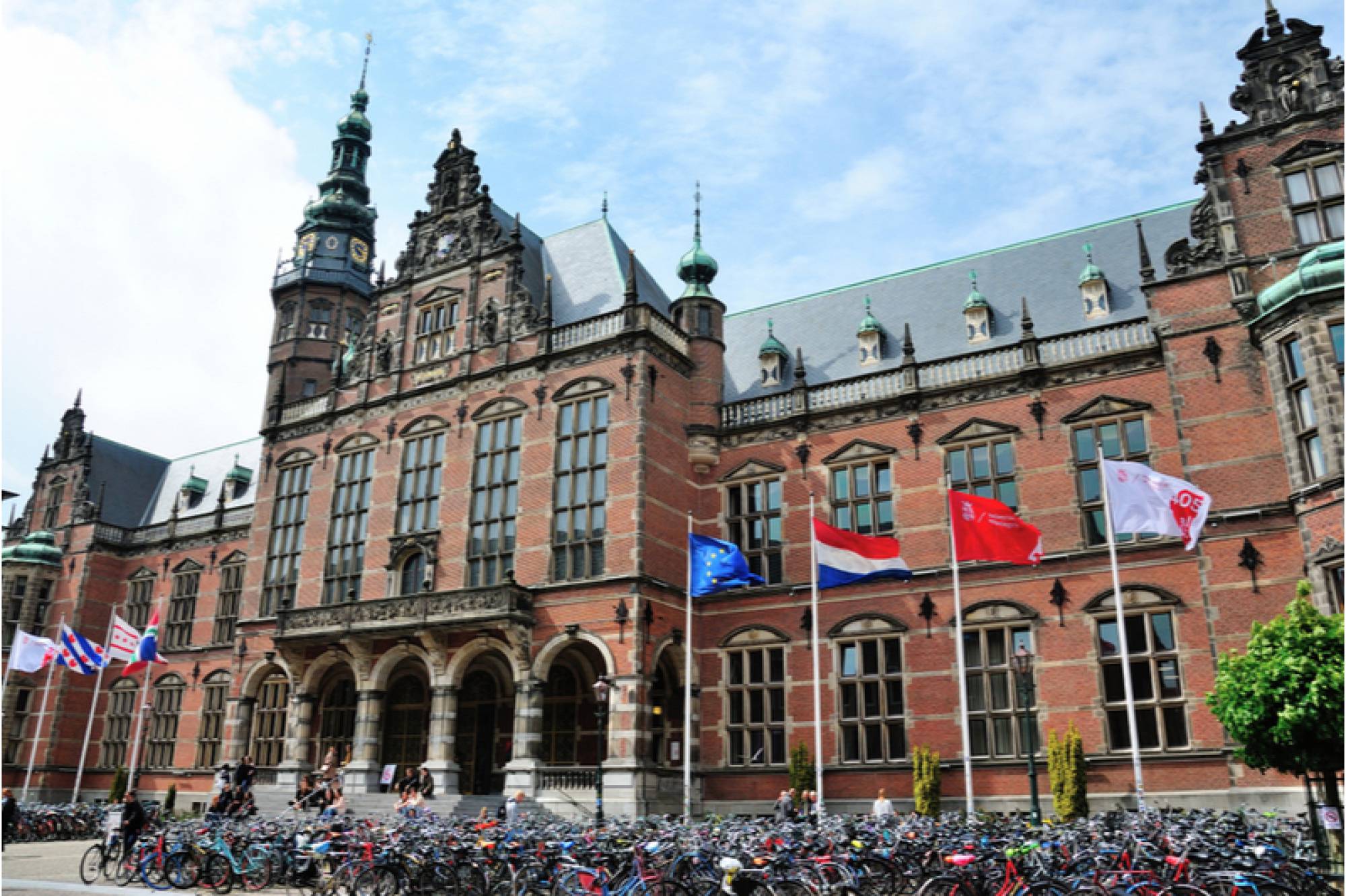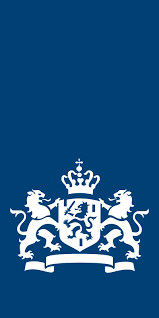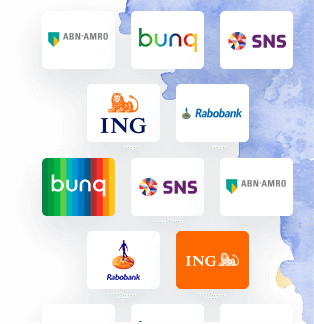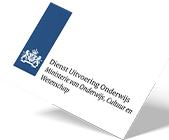
It’s easy to feel overwhelmed by the never-ending options and you can quite easily fall down the Alice-in-wonderland rabbit hole of academic choice. But having the correct information available could help you save countless hours of research. For that reason, we’ll take you through the steps on how to approach searching for a course, the application process and the key points to consider when making this decision.
Choose the best universities in the Netherlands
The fundamental points that will help determine your choice of study are your interests and background. Does your passion center on science? Have you always preferred the arts? Knowing what you love to do and creating lists of these things will make the choice easier for you. If you are planning on studying a Masters, then your Bachelors background may be a key component in deciding whether you have the qualities to achieve on the course. If you didn’t enjoy your bachelors, search for transferable skills that will help you transition into another area of study.
Employability might be a key driver in your decision, so it may be useful to research job market needs for present, and even future, in-demand-jobs. Once you have decided on the general area of study based on your interests and skills, you can use website databases like Bachelor's-Portal, Master's-Portal or PhD-Portal to show you all the available degrees at different universities. This should help you fine-tune your choice. Furthermore, for any degrees that sound appealing, it would be worth checking out the university website for the degree programme structure so you can learn more detailed information about what to expect on the course. Reach out to recent graduates and see what they thought of the course - particularly if you are an undergraduate (you’re about to spend three or four years working on this topic after all)!
Many people applying for a university course want to be in a top tier university. Some of the best universities in the Netherlands are renowned all over the world, with seven Dutch universities featuring in the top 100 universities according to the 2020 Times higher education rankings. This makes your choice slightly easier because it narrows your search, but be wary, competition is high.
The application process
Once you have narrowed down your choices and have confirmed you meet the entry requirements, you can start applying. Information about the application process will be on the university course website, so make sure you check that out.
It’s important that you make a note of the application deadlines for each of your choices as any submission after those dates won’t be accepted - and you might have to wait until the next round of admissions. Application deadlines can also vary depending on your circumstance. For instance, if you are not an EU citizen then the deadline may be earlier due to the process of obtaining a visa or residence permit. Some courses also have two deadlines within the year corresponding to different start dates.
On the website, there will be a list of all the required documentation that you will need to submit. This can range from a CV, a letter of motivation, reference letters, a copy of your passport, grade transcripts and a diploma, so make sure you prepare this well in advance because you will need to rely on other people for acquiring some of these and this can take time. If you are a non-native English speaker, then proof of your English proficiency will be required too.
Understanding Studielink
Students applying for a course in the Netherlands must start the application process via Studielink- the national online registration system for higher education admissions. However, a small proportion of universities use different systems, so check this with the university.
You start by applying for an account and will then subsequently receive login details. From here, you fill in your personal information, complete an enrolment application for your desired courses (a maximum of four) and enter the details of your previous education. You will then be finished submitting your application via Studielink, however, some courses and universities may require additional steps in the enrolment process so again, check out their website for more info on this.
Information on how to apply it on their website Studielink.nl
Admission
So you’ve patiently been waiting for a response and it’s finally arrived. Have you been admitted, conditionally admitted or not admitted at all? The first and last of these options are pretty much self-explanatory, but being conditionally admitted may mean that you require further action to be accepted. This is usually confirmation of documents (you may be waiting on the result of the diploma). From here on you then follow the guidelines about registering as a student at your university and BOOM, you are a fully-fledged student.
If you’re still feeling worried about your application process, we understand. It’s important to get the best possible advice when you’re choosing both your university and course. Get in touch with the Student-Helpr team to receive free advice on how to harness your unique talents and take on your new university career.


























